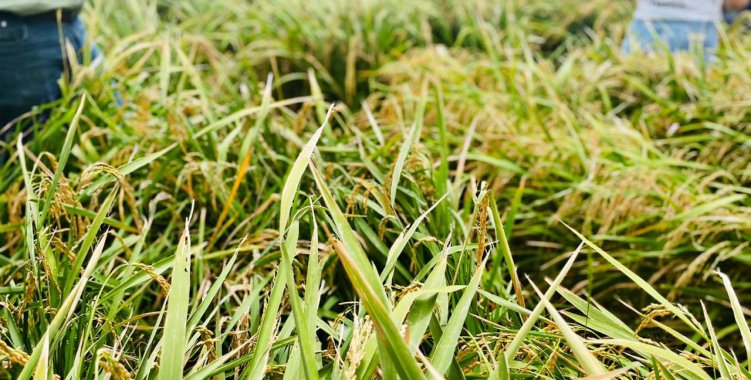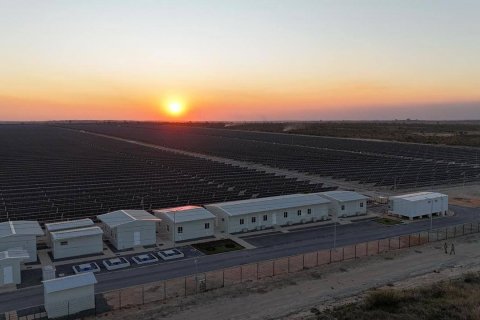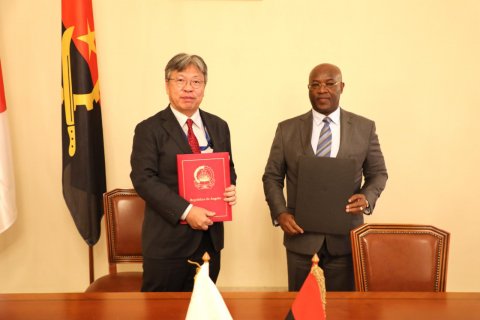According to the national director of Forests, domestic production of rice, a cereal that he considered "so important" for the diet of Angolans, is below 30 thousand tons.
Domingos Veloso, when opening the VI Conference on Agriculture, promoted by the magazine Economia & Mercado, under the theme "The Goals and Challenges of Cereal Production in Angola", stressed that the answer to the low levels of production of this and other agricultural products lies in increasing domestic production, removing existing constraints and reinforcing sectoral policies.
The official stated that the need to boost domestic cereal production, with emphasis on rice and wheat, led the Ministry of Agriculture and Forestry to choose the current agricultural year 2023/2024 "as a turning point in the approach it has on the production of these two important crops".
With regard to this cereal, the director of the National Cereal Institute (Incer) said that data from 2021 showed that the business sector produced around 10,000 tons, with a slight increase in 2022.
"We have to work hard on rice, rice technology and rice extensions and include family farming in this process", said Maria Garção, admitting that the country will continue to import for longer and the goals are to cover the deficits.
The Angola Agro-Livestock Association (APPA) has between five and seven corporate rice producers registered.
The national director of Forests said that the National Development Plan (PDN) 2023-2027 predicts that agriculture, livestock and forests will increase their contribution to the Gross Domestic Product (GDP) over the next four years, from the current 5.6 percent to 12.1 percent, with cereal production in that period expected to reach around 5.5 million tons, a quantity that was revised downwards, "as they are quantities greater than those that the sector committed to achieving".
According to Domingos Veloso, the 2022-2023 agricultural year was satisfactory and grew 6.6 percent, highlighting that 3.3 million tons of cereals were produced, representing a growth of 5.3 percent more than the previous year, but the needs were 10 million tons.
Regarding roots and tubers, legumes and oilseeds, vegetables and fruits, an average accumulated growth of 7.1 percent was also recorded compared to the previous agricultural year, with cassava and sweet potato crops continuing to lead and stand out the country's self-sufficiency in these products.
Domingos Veloso highlighted that in the field of seeds, almost 2000 tons of seeds were produced internally, of which 1155 of corn, 200 of beans, 110 of soybeans and 500 of wheat "which still presents a very low degree of availability" for the needs of the country.
The Government created, in 2022, the National Grains Program (Planagrão), which aims to reduce dependence on imports and promote the production of corn, rice, wheat and soybeans, in the period between 2022 and 2027, to be implemented in the eastern provinces, with an average annual investment of around 670 million dollars for production and another around 471 million dollars annually for the construction and rehabilitation of infrastructures to support the productive and social sector.
Addressing the results of the first year of Planagrão, the president of AAPA, Wanderley Ribeiro, said that the indicators demonstrate that "they are bad", because "the target was poorly defined", that is, because "it did not bring with it the element of execution how these objectives would be achieved".







